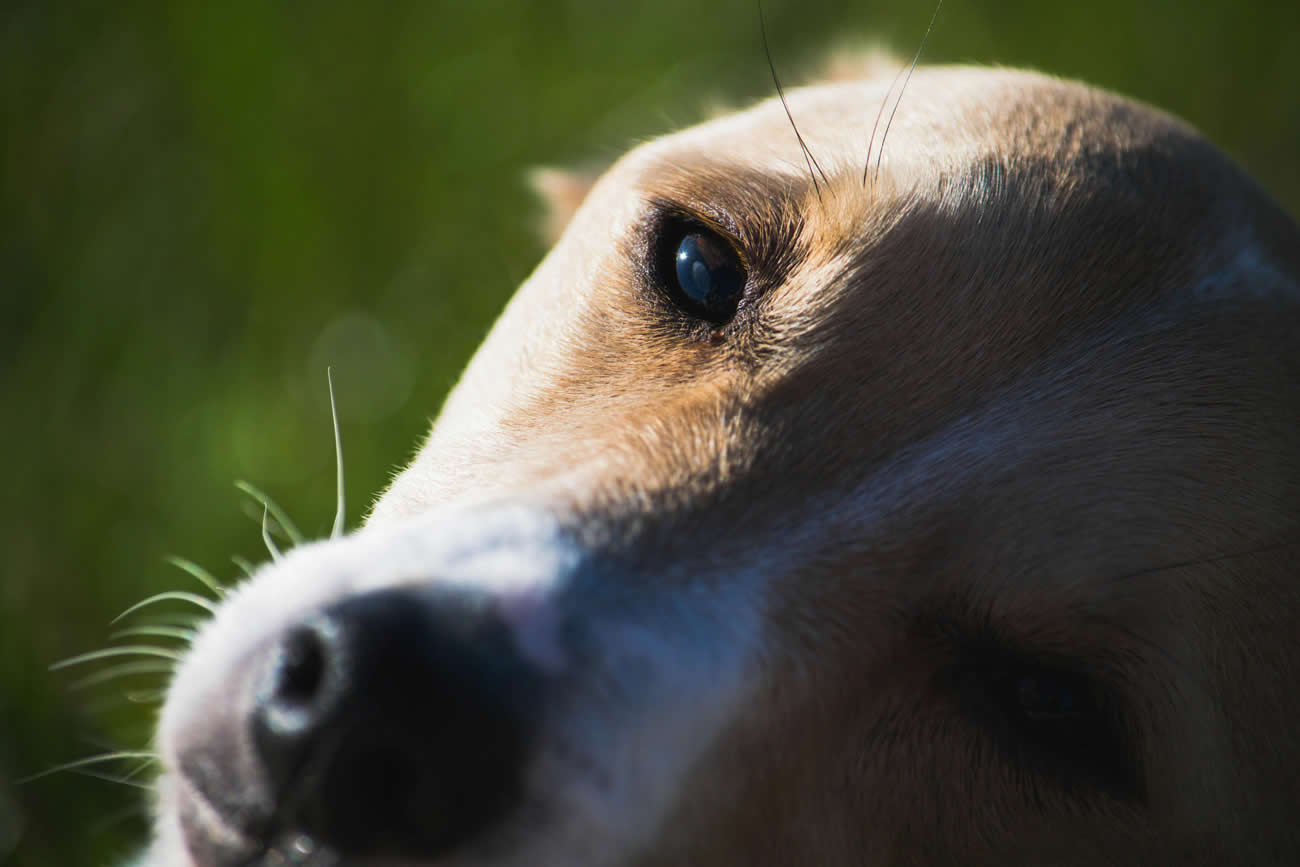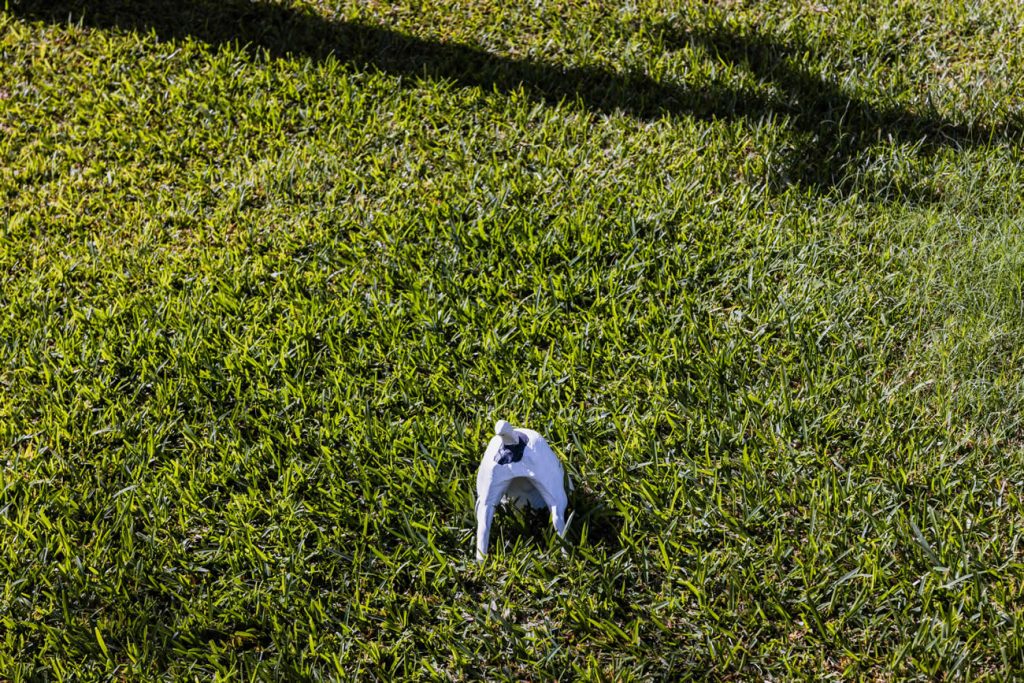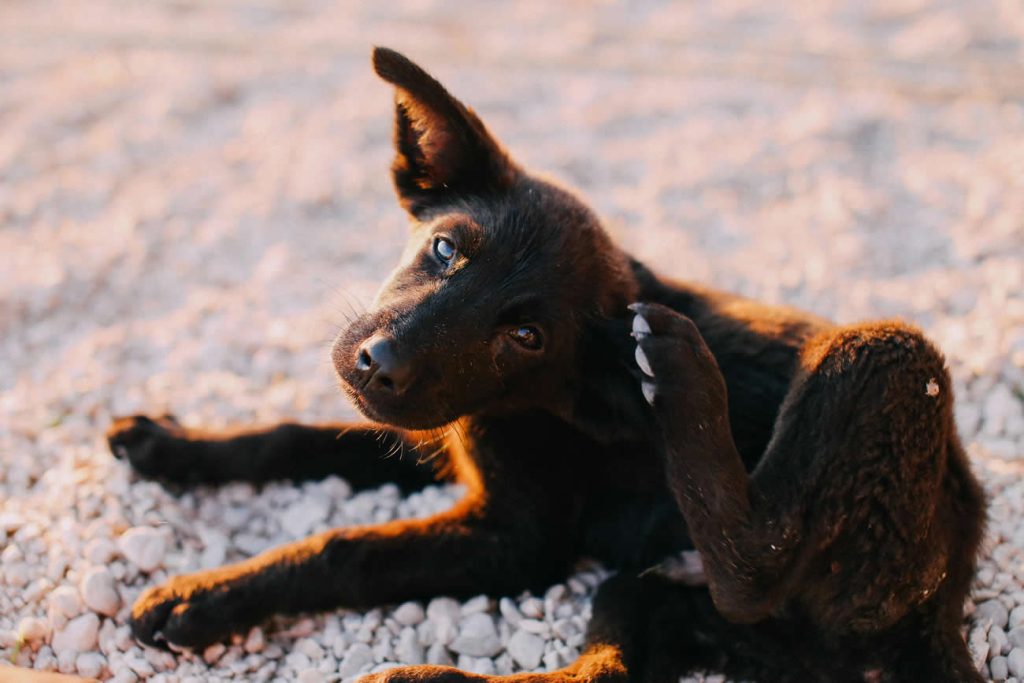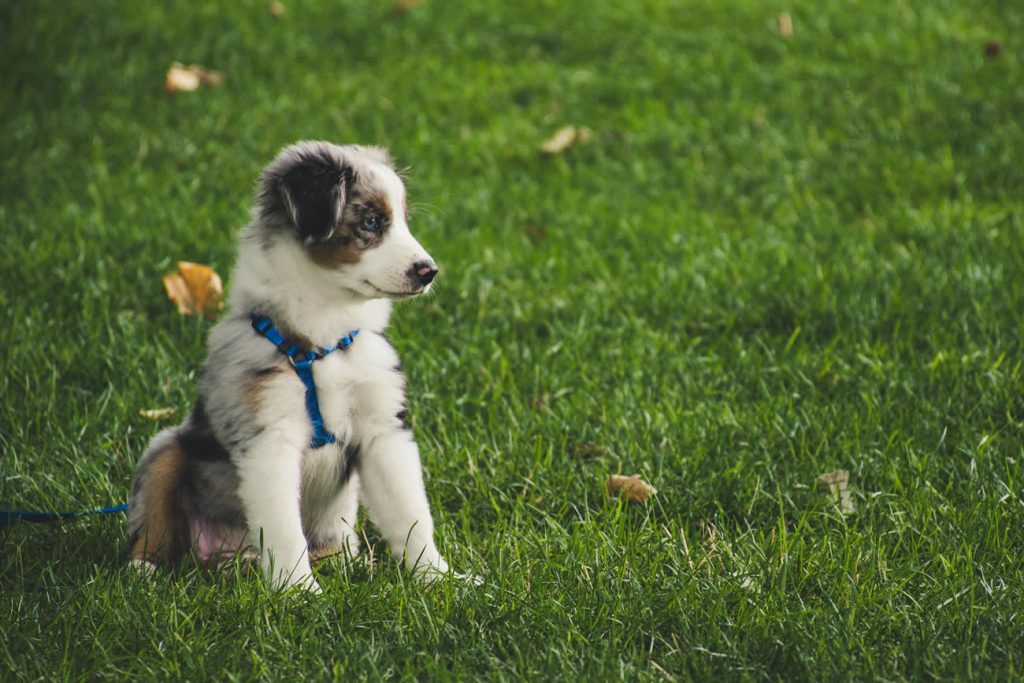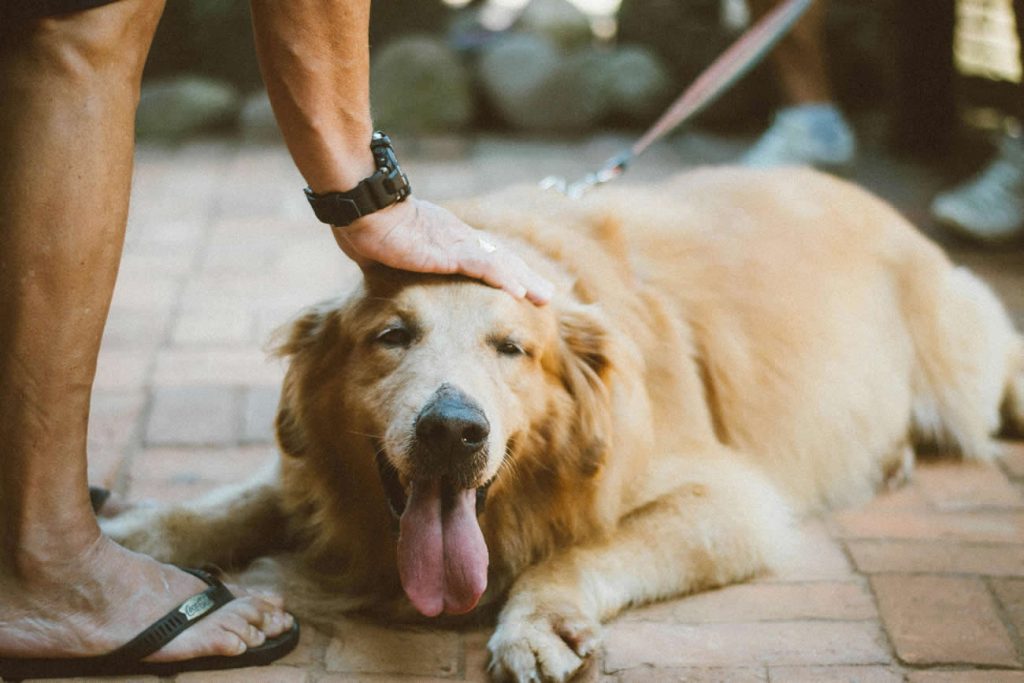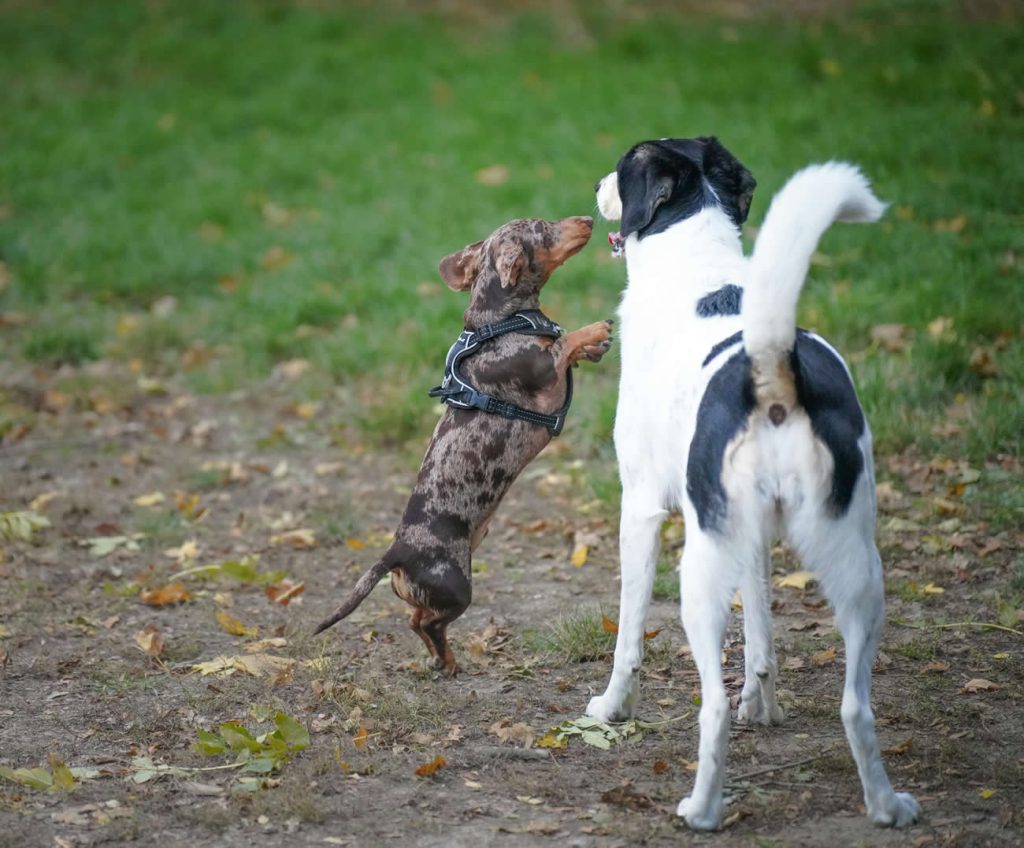Dogs are known for their quirky behaviours, and one of the more puzzling actions they exhibit is licking their rear ends. While this may seem unappealing to us, it is a common behaviour among canines.
However, when this licking becomes excessive, it may signal underlying health issues.
In this article, we will delve into the reasons why dogs lick their butts, the potential health concerns associated with this behaviour, and what pet owners should do if they notice their furry friends engaging in excessive licking.
Understanding Normal Grooming Behaviour
The Role of Grooming in Canine Life
Grooming is an essential part of a dog’s daily routine. Dogs lick their bodies, including their bottoms, as a means of maintaining cleanliness.
This behaviour is instinctive and helps remove dirt, debris, and loose fur. In addition to physical cleanliness, licking serves as a way for dogs to self-soothe and feel comfortable in their environment.
When Grooming Becomes Excessive
While occasional licking is normal, excessive licking can indicate discomfort or irritation. If a dog spends an unusually long time licking its rear, pet owners should take note.
Observing the frequency and intensity of this behaviour can provide valuable insights into the dog’s overall health.
Common Causes of Butt Licking
Anal Gland Issues
One of the primary reasons dogs lick their rear ends is due to problems with their anal glands. These glands, located near the anus, are responsible for producing a foul-smelling fluid that is expelled during bowel movements.
If the glands become impacted or infected, dogs may lick the area in an attempt to relieve discomfort. Signs of anal gland issues include:
- Scooting: Dogs may drag their bottoms along the ground to alleviate irritation.
- Odour: An unpleasant fishy smell may emanate from the anal region.
- Discomfort: Dogs may appear restless or agitated due to the discomfort caused by full or infected glands.
Skin Infections and Irritations
Skin infections around the anal area can also lead to increased licking. Dogs may develop bacterial or fungal infections, often exacerbated by moisture from faeces or urine. Common signs include:
- Redness: The skin may appear inflamed or irritated.
- Itching: Dogs may scratch or bite at the area in addition to licking.
- Discharge: Unusual discharge or odour may accompany the infection.
Allergies
Dogs can suffer from various allergies, including food allergies and environmental allergens such as pollen or dust mites.
Allergies often manifest as itchy skin, prompting dogs to lick their bottoms for relief. Symptoms of allergies may include:
- Itchy Skin: Dogs may lick or scratch multiple areas of their bodies.
- Inflammation: Red, swollen patches of skin may develop.
- Gastrointestinal Issues: Some dogs may experience vomiting or diarrhoea in conjunction with allergic reactions.
Parasites
Intestinal parasites, such as tapeworms or roundworms, can cause significant discomfort and lead to excessive licking. Dogs infected with parasites may exhibit:
- Weight Loss: Unexplained weight loss despite a normal appetite.
- Scooting: Similar to anal gland issues, dogs may scoot to relieve irritation.
- Visible Segments: Tapeworm segments may be seen in the dog’s stool or around the anus.
Identifying Underlying Health Issues
Observational Techniques
Pet owners should observe their dogs for any additional signs that may indicate a health problem. This includes monitoring for changes in behaviour, appetite, and overall mood.
Keeping track of how often and when the licking occurs can also provide valuable information to a veterinarian.
Veterinary Consultation
If excessive licking persists, a visit to the veterinarian is essential. A vet can conduct a thorough examination to identify the underlying cause of the behaviour. Common diagnostic procedures may include:
- Physical Examination: A vet will check for signs of irritation, infection, or other abnormalities.
- Fecal Examination: Testing for parasites through a stool sample can help identify any infestations.
- Skin Scraping: To check for infections or skin conditions, a vet may take a sample of the affected area.
Treatment Options for Excessive Licking
Anal Gland Expression
If anal gland issues are identified as the cause, a veterinarian may express the glands to relieve pressure. This procedure can often be performed in-office and may provide immediate relief for the dog.
In some cases, the vet may recommend dietary changes to help prevent future issues, such as increasing fibre intake.
Medication for Infections
If a bacterial or fungal infection is diagnosed, the veterinarian may prescribe medication to treat the condition. This could include topical ointments or oral antibiotics, depending on the severity of the infection.
It is crucial to follow the vet’s instructions and complete the full course of treatment.
Allergy Management
For dogs suffering from allergies, identifying the trigger is key. A veterinarian may recommend an elimination diet to pinpoint food allergies or suggest medications to manage environmental allergies.
Regular cleaning of the dog’s living environment can also help reduce exposure to allergens.
Parasite Control
If parasites are the culprit, deworming medications will be necessary. Regular preventative treatments for fleas and ticks can also help protect dogs from potential infestations.
Maintaining a clean environment and avoiding contact with other animals that may be infected is crucial in preventing future issues.
Preventative Measures for Pet Owners
Regular Grooming
Maintaining a regular grooming routine can help keep a dog’s rear area clean and reduce the risk of infections. Bathing, brushing, and checking for any signs of irritation can help identify potential problems before they escalate.
Dietary Considerations
Feeding dogs a balanced diet that includes adequate fibre can help promote healthy bowel movements and prevent anal gland issues. Foods such as pumpkin or green beans can be beneficial additions to their diet.
Monitoring Behaviour
Pet owners should remain vigilant about their dog’s behaviour. If licking becomes excessive or is accompanied by other concerning symptoms, it is crucial to seek veterinary advice promptly.
Regular Vet Check-ups
Routine veterinary check-ups can help catch potential health issues early on. Regular examinations enable the vet to monitor the dog’s overall health and address any concerns before they become serious.
Conclusion
Understanding why dogs lick their butts is essential for pet owners to ensure their furry friends remain healthy and comfortable. While occasional licking is a normal part of grooming, excessive licking can indicate underlying health issues that require attention.
By being proactive in monitoring their dogs’ behaviours and seeking veterinary care when necessary, pet owners can help their dogs lead happy, healthy lives.
In summary, if you notice your dog licking their rear excessively, consider the potential causes such as anal gland issues, skin infections, allergies, or parasites.
Early intervention and appropriate treatment can provide relief and prevent further complications. Remember, your dog’s health and happiness depend on your attentiveness and care.

